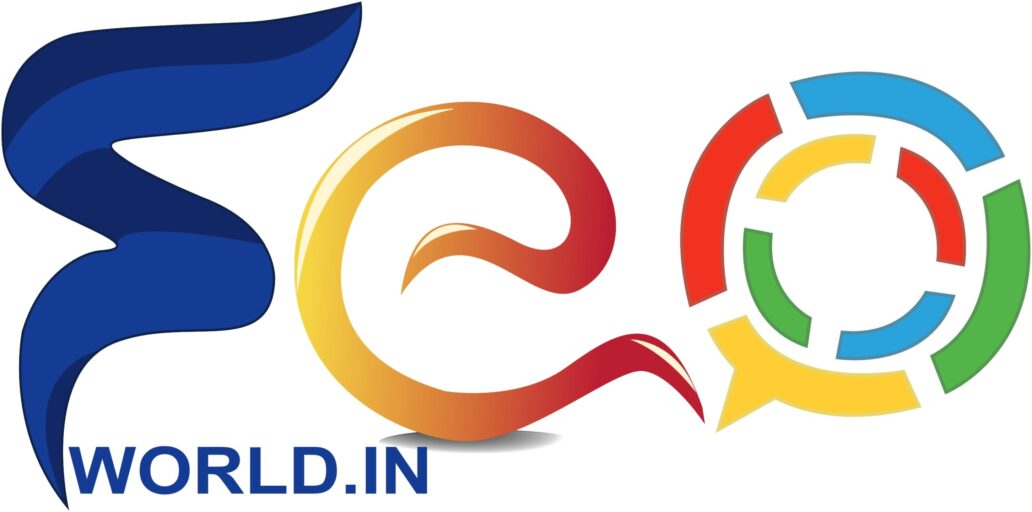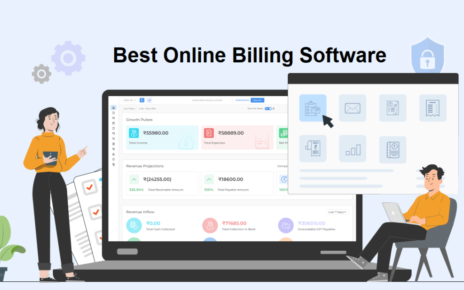In today’s fast-paced business environment, efficiency is key, particularly in procurement processes. Organizations often wrestle with cumbersome RFP processes that can be repetitive, error-prone, and time-consuming. RFP software is emerging as a game-changing tool that simplifies these challenges, promoting both efficiency and effectiveness. By automating critical aspects of the procurement process, this type of software can significantly reduce administrative overhead and improve decision-making. Below, we delve into how RFP software transforms procurement from a transactional necessity into a strategic asset.
Understanding RFP Software and Its Role in Streamlining Procurement
RFP software functions as a digital facilitator for managing proposals and vendor communication. It allows procurement teams to create, distribute, and analyze RFPs with greater ease than traditional methods. This type of software offers a centralized platform that stakeholders can access to collaborate on RFP documents, ensuring consistency and reducing duplication of efforts across the organization.
One of the most significant benefits of RFP software is its ability to automate repetitive tasks. For instance, it can pre-populate RFPs with standard questions and company-specific requirements, saving time and minimizing human error. The software also provides tools for scoring responses, enabling fair and objective vendor assessment.
For organizations looking to implement such solutions, finding the right software for RFP like Qvidian is vital. It involves assessing available features, integration capabilities, and user support to ensure alignment with business process needs. Ultimately, the chosen software should improve procurement functionality without complicating existing workflows.
The Impact of RFP Automation on Vendor Selection and Management
Automation is a cornerstone of modern RFP software, and its impact on vendor selection and management cannot be overstated. Automated scoring systems help eliminate bias by providing objective evaluation parameters, ensuring that vendor selection is based on merit and aligns with organizational objectives.
By speeding up the RFP response analysis, teams can compare vendors more effectively and make quicker decisions. This is especially important in markets where speed can be a differentiating factor in securing better prices or services. Furthermore, RFP software facilitates a comprehensive vendor management process, enabling businesses to track performance, compliance, and vendor capabilities over time.
The communication aspect of vendor management is also streamlined with the use of RFP software. It enables procurement teams to maintain a clear and consistent line of communication with all potential suppliers, often through integrated messaging systems or email functions within the platform.
Integrating RFP Software With Existing Procurement Systems
While RFP software offers many standalone benefits, its true value is often realized when integrated with existing procurement systems. Integration enables the seamless transfer of data between systems, reducing manual data entry and the potential for errors. This symbiosis between RFP software and enterprise resource planning (ERP) systems or other procurement software is key for a holistic view of organizational procurement activities.
Integration can pose challenges, particularly regarding compatibility and data consistency. It is essential to work with the software provider to ensure that the RFP tool can be tailored to fit within the organization’s existing technological ecosystem. Proper integration planning and execution can mitigate disruptions to procurement processes and enhance user adoption.
Moreover, some RFP software solutions offer open APIs, which further ease integration with third-party systems, whether it’s accounting software, customer relationship management (CRM) systems, or supply chain management tools. These integrations can help streamline workflows across the organization, creating a more cohesive procurement strategy.
Evaluating the Return on Investment (ROI) of RFP Software in Modern Procurement Practices
Assessing the ROI for RFP software is essential for justifying its adoption. Businesses should consider both quantitative and qualitative metrics when evaluating ROI, which includes time saved on RFP processes, cost reductions from more competitive bidding, and increased compliance with procurement policies.
Qualitative factors also play a vital role in ROI analysis. Improved stakeholder satisfaction, more collaborative teamwork, and the strategic allocation of resources are less tangible benefits that contribute to the overall success of procurement operations. RFP software can help organizations move away from tactical procurement, enabling a more strategic approach that adds value beyond cost savings.
Altogether, the strategic application of RFP software can yield significant benefits for organizations seeking to enhance their procurement practices. Overall, by leveraging automation, data integration, and sophisticated vendor management, procurement teams can realize measurable improvements in efficiency, quality, and strategic value across their operations.




